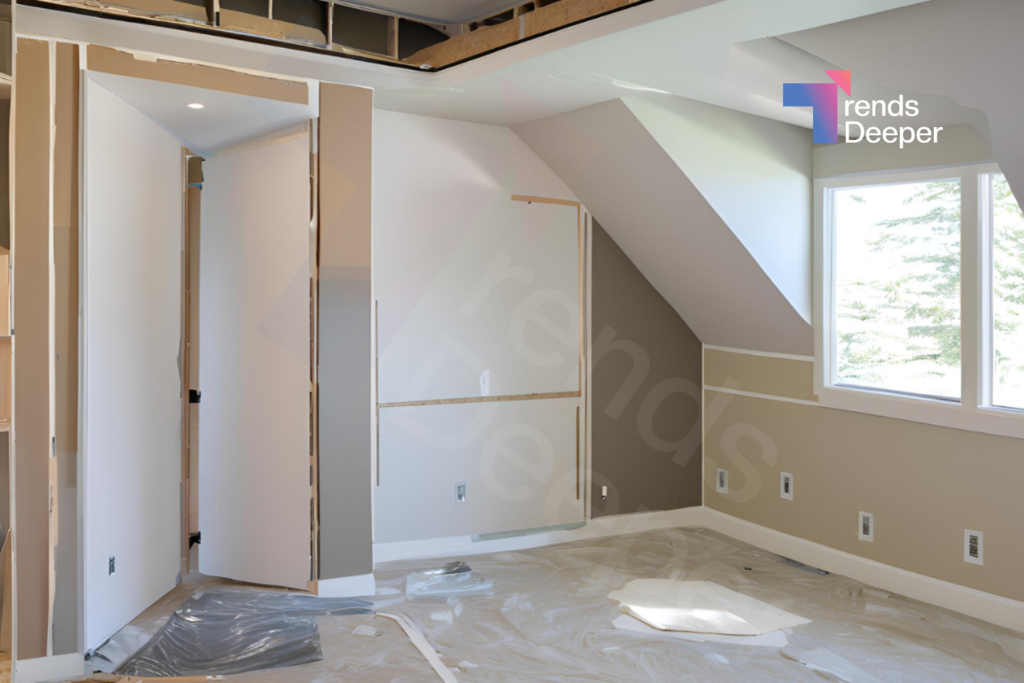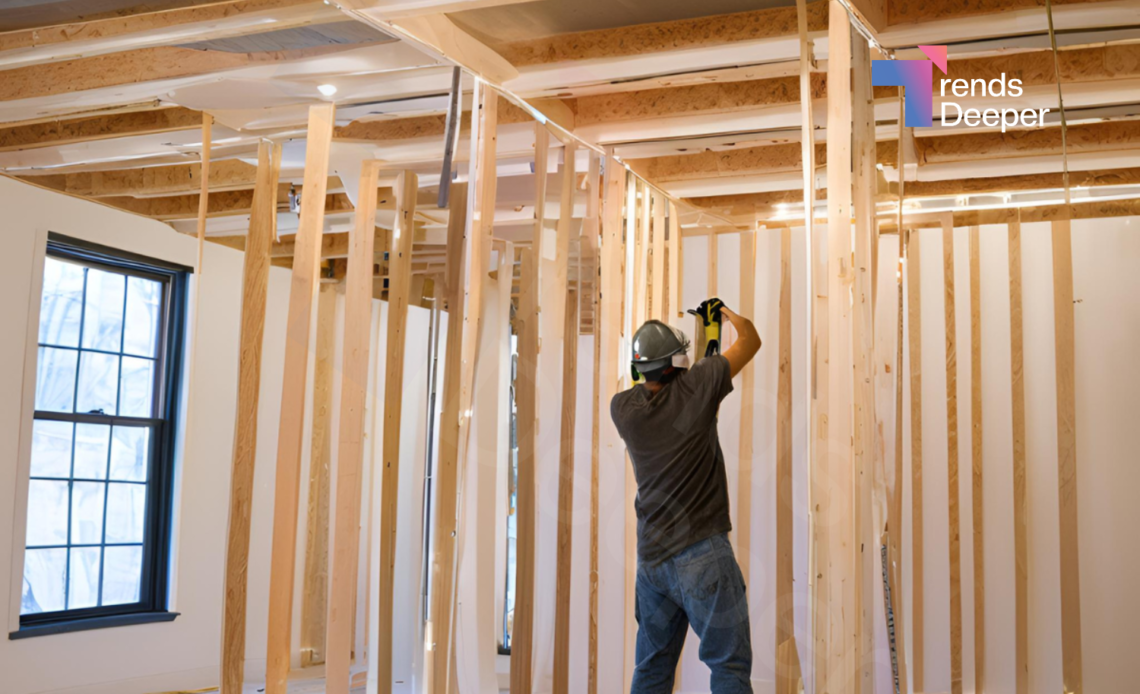In the world of architecture and interior design, the topic of soundproofing often comes up, especially in urban settings where noise control is crucial. Recently, discussions have intensified around whether furring out a wall improves sound transfer, with experts weighing in on its effectiveness in reducing noise between rooms or spaces.
The method, although widely used, has raised questions about whether it truly enhances acoustic performance or if alternative methods may be more efficient.
Furring out a wall involves adding strips of wood or metal, known as furring strips, to create a gap between the original wall and a new layer.
This space allows for the installation of materials like insulation, acoustic panels, or soundproofing drywall. The idea is that this extra space, combined with sound-absorbing materials, helps reduce the transfer of noise. While it sounds like a simple solution, the results can vary depending on several factors, such as the type of materials used and the room’s overall design.
For many homeowners and designers, furring out walls has been a go-to solution for soundproofing. A contractor recently noted, “We often recommend this technique for clients dealing with noise issues, especially in shared walls or apartments. It allows us to improve sound control without significant reconstruction.”
The technique also provides the benefit of adding extra insulation, which can be a bonus for those looking to enhance thermal performance alongside soundproofing.
The effectiveness of furring out walls for sound transfer comes down to a few key principles. By creating a gap between the two layers of the wall, it decouples the surfaces, meaning sound waves have a harder time traveling from one side to the other.
This decoupling, combined with the addition of sound-absorbing materials like mineral wool or foam boards, helps to dampen vibrations and reduce noise transfer. However, experts caution that it’s not a cure-all. Without proper materials, the gap alone may not provide enough insulation to make a significant difference.
Soundproofing professionals have noted that furring a wall is just one part of the solution. “While it can help, it’s important to combine this technique with other soundproofing strategies,” said one acoustics expert.
Double layers of drywall, mass-loaded vinyl, and acoustic caulking are often used in conjunction with furring to enhance the overall effect.

One homeowner shared their personal experience with the method. “We furred out the walls in our home office to block out street noise. It definitely helped, but we also added dense insulation and acoustic panels for the best results. It wasn’t just the furring itself; it was the combination of all the elements that made a real difference.”
Interestingly, furring out walls isn’t a new concept. Historically, it was often used to create flat surfaces on uneven walls, but as building technologies have evolved, its purpose has expanded.
Today, it’s primarily viewed as a method to add thickness to a wall for various purposes, including noise reduction. Yet, as modern buildings face different challenges, particularly with noise in urban environments, the technique has gained renewed attention for its acoustic benefits.
For anyone considering soundproofing their home or office, furring out a wall is certainly an option. Still, it’s worth understanding that it’s just one piece of a broader strategy. Acoustical engineers and contractors alike agree that combining multiple methods—such as adding sound barriers, sealing gaps, and considering floor and ceiling treatments—leads to the best results. In short, furring can help, but it’s most effective when integrated into a larger soundproofing plan.
As soundproofing becomes a growing concern in both residential and commercial buildings, techniques like furring out walls are being revisited and refined. With the right approach, this method can indeed reduce sound transfer, creating quieter, more peaceful environments for those inside.


